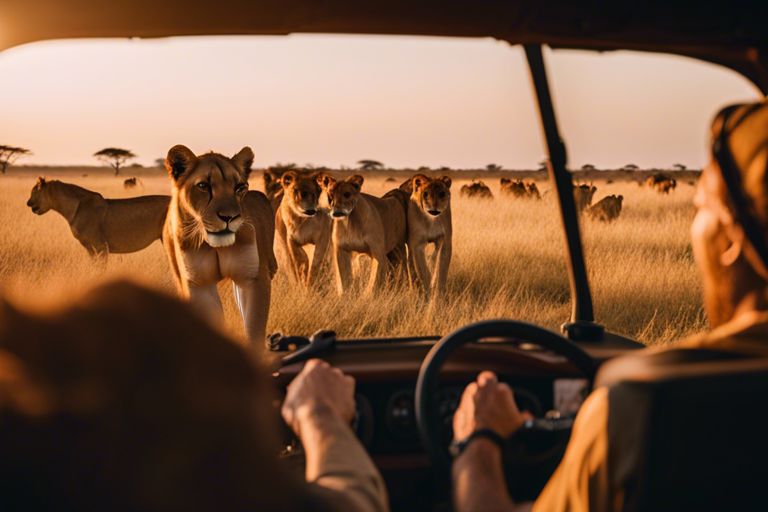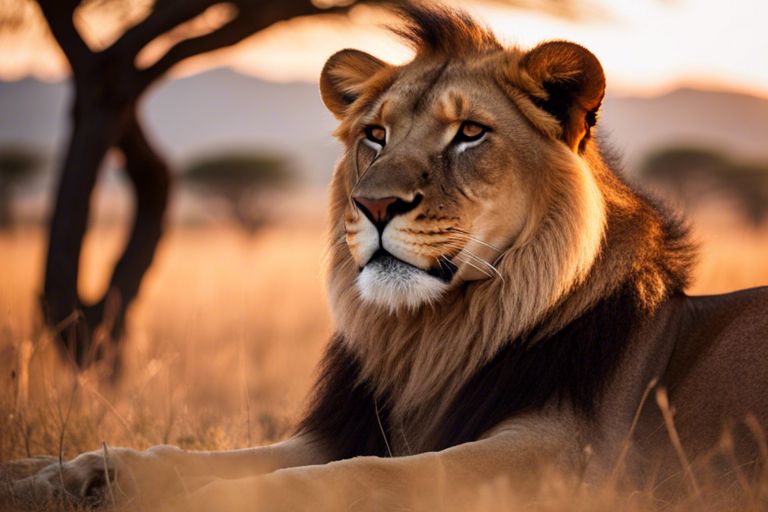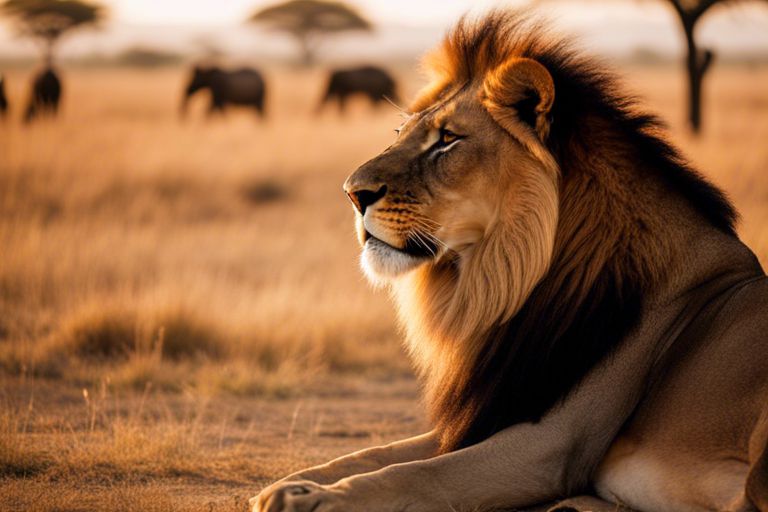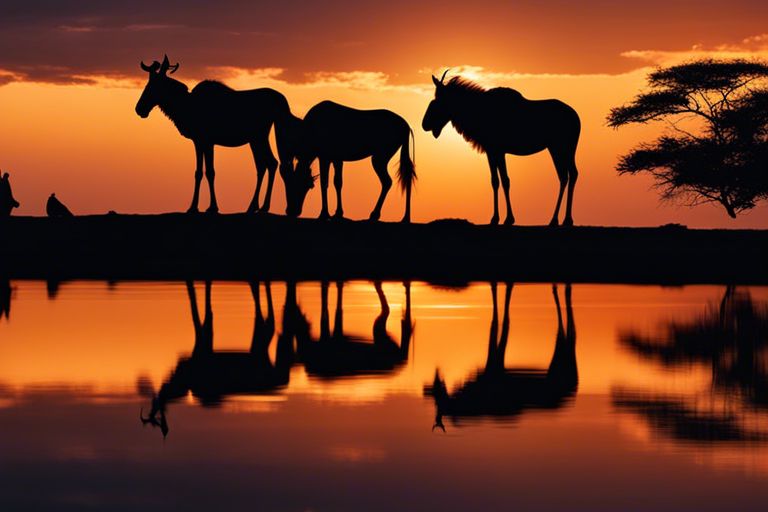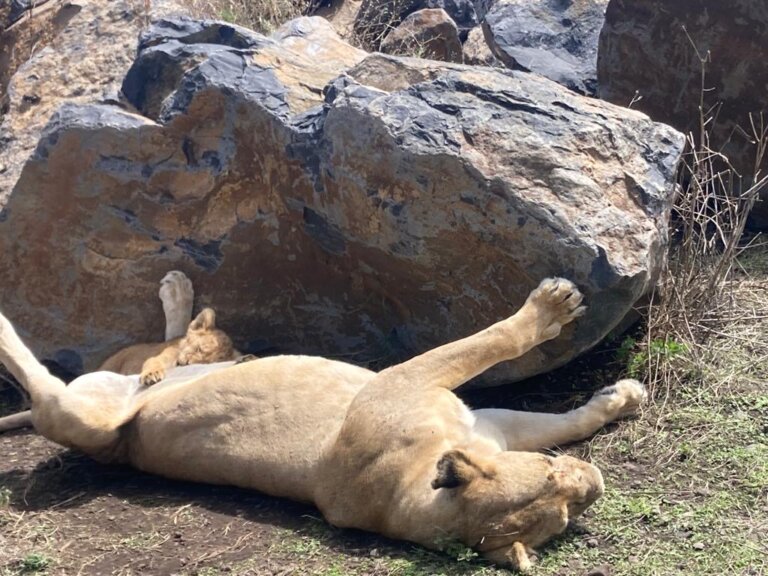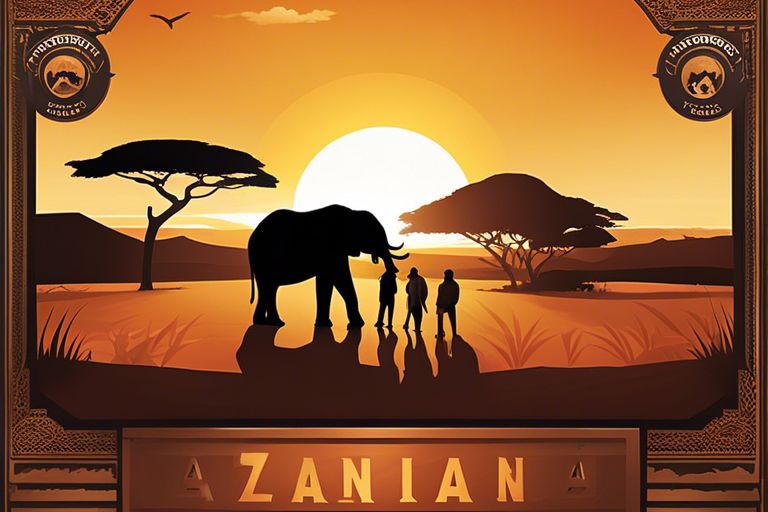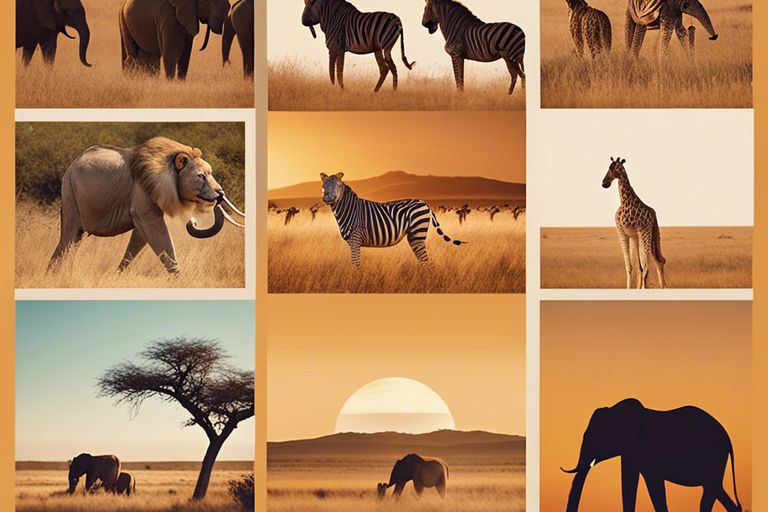Unforgettable Encounters – Witnessing Wildlife In The Serengeti
Serengeti, a land where nature’s raw beauty unfolds with every step taken, is a place where wildlife thrives in its purest form. From the majestic lions prowling the vast plains to the graceful giraffes grazing peacefully under the acacia trees, the Serengeti offers an unparalleled opportunity to witness these incredible creatures in their natural habitat. Join us on a journey through the untamed wilderness of the Serengeti as we investigate into the unforgettable encounters that await those who venture into this iconic African landscape.
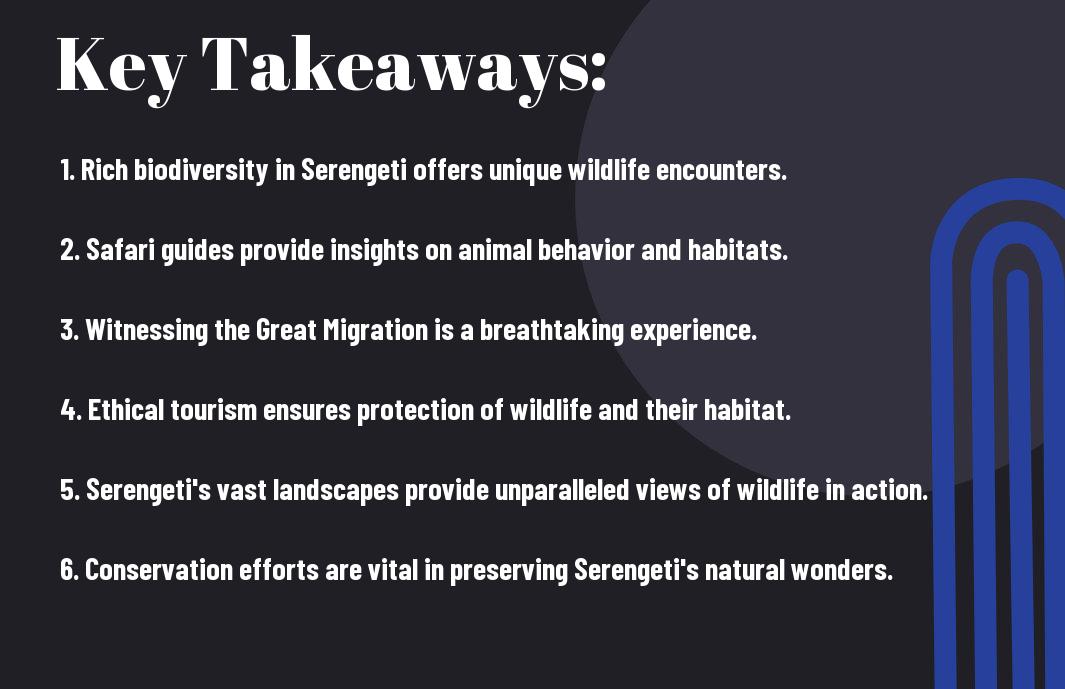
The Diversity of the Serengeti Ecosystem
It is no wonder that the Serengeti National Park in Tanzania continues to captivate visitors with its unparalleled natural beauty and diverse wildlife. The park is home to a stunning array of flora and fauna, making it a hotspot for safari enthusiasts and nature lovers alike. If you want to discover more about the wonders of Tanzania’s Serengeti National Park, check out Wonders of Tanzania’s Serengeti National Park.
Mammals of the Serengeti
The Serengeti is renowned for its impressive array of mammals, including the iconic Big Five – lions, leopards, elephants, rhinoceroses, and buffaloes. These majestic creatures roam freely across the vast plains, providing visitors with unforgettable sightings of wildlife in their natural habitat. Alongside the Big Five, the park is also teeming with zebras, wildebeests, giraffes, and various antelope species, creating a thriving ecosystem that is a wonder to behold.
Birds and Reptiles: The Overlooked Inhabitants
On top of the charismatic mammals that draw much of the attention in the Serengeti, the park is also home to a rich diversity of birdlife and reptiles. From colorful bee-eaters to majestic birds of prey like eagles and vultures, the skies of the Serengeti are filled with an array of avian wonders. In addition, the park harbors various reptiles such as crocodiles, snakes, and lizards, vital components of the ecosystem that often go unnoticed but play significant roles in maintaining the balance of the Serengeti’s intricate web of life.
Plus, the Serengeti is a haven for reptiles like monitor lizards and chameleons, adding a fascinating dimension to the park’s biodiversity. While mammals take center stage in the Serengeti, these often-overlooked inhabitants offer a glimpse into the intricate tapestry of life that thrives in this remarkable ecosystem.
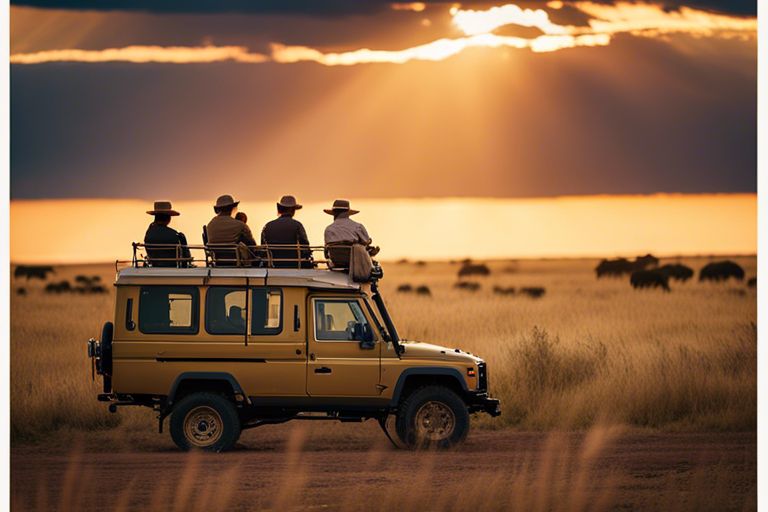
The Great Migration: A Natural Wonder
Understanding the Migration Patterns
For those lucky enough to witness the Great Migration in the Serengeti, it is a breathtaking spectacle to behold. This annual event sees millions of wildebeest, zebra, and gazelle move in a circular pattern through the Serengeti ecosystem, following the rains and in search of fresh grass. The intricacies of these migration patterns are a marvel of nature’s design.
The Predators of the Migration
Patterns in the Serengeti’s ecosystem, the predators play a crucial role during the Great Migration. Large numbers of predators, such as lions, cheetahs, and hyenas, follow the herds, capitalizing on the abundance of prey available during this time. Their hunting strategies and behaviors have evolved in response to the cyclical movements of the migrating herds.
For instance, lions in the Serengeti have learned to anticipate the arrival of the wildebeest herds and strategically position themselves along their routes. This allows them to increase their hunting success and ensure their survival during the leaner times of the year. The delicate balance between the predators and prey during the Great Migration is a testament to the interconnectedness of life in the wild.
Ethical Wildlife Encounters
Unlike most tourist destinations, the Serengeti offers a unique opportunity to witness wildlife in their natural habitat without disturbing their routines. For unforgettable wildlife encounters from Arusha to Seronera, check out Unforgettable Wildlife Encounters from Arusha to Seronera.
Guidelines for Responsible Tourism
To ensure a responsible and respectful interaction with the wildlife and environment in the Serengeti, it is important to follow guidelines provided by experienced guides. This includes maintaining a safe distance from the animals, refraining from feeding them, and avoiding off-road driving to protect the fragile ecosystem.
Contributing to Conservation Efforts
Tourism plays a crucial role in funding conservation efforts in the Serengeti. By supporting eco-friendly lodges and safari companies that prioritize sustainability, visitors can actively contribute to the preservation of this unique ecosystem. Additionally, participating in guided tours led by knowledgeable conservationists helps raise awareness about the importance of protecting the wildlife and habitat in the region.
Seasons of the Serengeti
The Dry Season: A Time of Abundance
For many visitors to the Serengeti, the dry season is a time of unparalleled abundance. From June to September, the landscape transforms into a paradise for wildlife enthusiasts. The sparse vegetation makes it easier to spot animals as they gather around water sources, offering incredible opportunities for game viewing.
The Wet Season: A Time of Renewal
The wet season in the Serengeti, typically from November to May, brings a different kind of magic to the plains. The landscape transforms into a lush green paradise, attracting migratory birds and newborn wildlife. While game viewing can be slightly more challenging during this time, the dramatic cloud formations and vibrant colors make for stunning photographic opportunities.
Understanding the seasonal changes in the Serengeti is key to planning a successful safari. Each season offers a unique experience, from the abundance of wildlife in the dry season to the renewal and rejuvenation brought by the wet season. Whether you prefer the dramatic landscapes of the dry season or the vibrant colors of the wet season, there is no wrong time to visit this iconic destination.
Conclusion
On the whole, witnessing wildlife in the Serengeti is an unforgettable experience that offers a profound connection to nature. The vast herds of wildebeest, the majestic lions roaming the savannah, and the graceful giraffes grazing peacefully create a sense of wonder and awe. These encounters not only showcase the beauty and diversity of the animal kingdom but also remind us of the importance of conservation efforts to protect these incredible species for future generations to enjoy. Exploring the Serengeti is a privilege that allows us to witness the intricate balance of life in the wild, leaving a lasting imprint on our hearts and minds.
FAQ
Q: What wildlife can be seen in the Serengeti?
A: The Serengeti is home to a wide array of wildlife including lions, elephants, giraffes, zebras, wildebeest, and cheetahs.
Q: When is the best time to witness wildlife in the Serengeti?
A: The best time to witness wildlife in the Serengeti is during the Great Migration, which usually occurs from June to August when millions of wildebeest and zebras cross the plains.
Q: What is the climate like in the Serengeti?
A: The Serengeti has a tropical climate with distinct wet and dry seasons. The wet season usually occurs from November to May, while the dry season is from June to October.
Q: Are there any precautions to take when observing wildlife in the Serengeti?
A: It is important to maintain a safe distance from the animals and not to feed them. It’s also advisable to follow the guidance of experienced guides and rangers.
Q: What are the benefits of witnessing wildlife in the Serengeti?
A: Witnessing wildlife in the Serengeti offers a unique opportunity to experience nature up close, learn about different species, and gain a deeper appreciation for conservation efforts.

